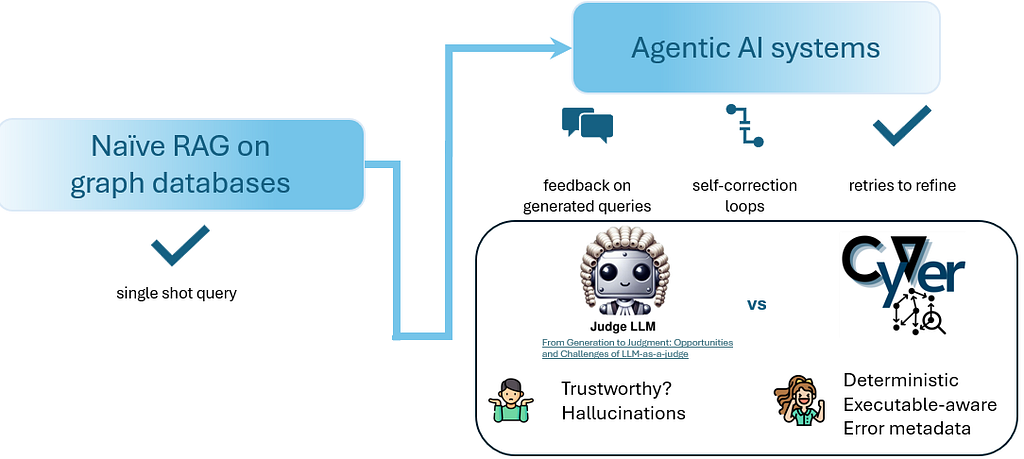5 Ways to Innovate and Delight Users with Real-Time Recommendations

Senior Director of Global Solutions, Neo4j
4 min read

Predictive systems, like recommendation systems, have become an extremely important source of new revenue growth and have proven to improve user stickiness.
Because of their direct impact on top-line revenue through the organic use of enterprise data, recommendation systems are being increasingly used in multiple industries for interesting use cases, beyond what we would traditionally expect.
Neo4j’s Intelligent Recommendation Framework
Neo4j’s Intelligent Recommendation Framework is a data model agnostic tool designed to help organizations design and manage their graph-based recommender systems.
The tool includes an admin console where users can build out their recommendation pipelines, and exposes a GraphQL API where recommendations can be accessed – aiming to minimize development efforts while helping users maximize the value of graphs.
Here are five ways we’ve seen our users leveraging Neo4j’s Intelligent Recommendation Framework in their business:
1. Create Efficiencies for Material Management
A chemical company is leveraging Machine Learning (ML) to predict material shortages, and using Neo4j’s recommendation framework to suggest alternate materials that are sometimes several hops disconnected from the original material.
They are also using recommendation technology to derive the lineage of material creation and its contributors. This lineage graph can extend to multiple 10s and 100s of hops exploring incremental experiments and intermediate materials created along the way.
Neo4j’s Intelligent Recommendation Framework also finds alternative vendors and plants that can be used to develop the material quicker and at a cheaper price point.
Even more interesting is that the recommendations framework and underlying graph is being asked to suggest which plant, what price point and which vendors are the most optimal to produce 10 tonnes of chemical so that it is available for the southeast asian market in 12 weeks.
2. Predict Flight Risk
A CPG company and Large Systems Integrators are experimenting with using Neo4j’s Intelligent Recommendation Framework to predict flight risk and do succession planning with HR data in a Neo4j graph database.
They have their HR data in SAP HANA and SuccessFactors and use Tableau to visualize this data. They needed sub second performance and more complex analytical abilities in the hands of business managers.
For this they turned to Neo4j’s graph database and Intelligent Recommendation Framework. Neo4j built a single pane dashboard that takes 13 different dimensions and 19 filter criteria to dynamically build a query based on user selection and respond with real-time aggregated results.
In addition, we showed the power of graph-based analytics by building real-time recommendation engines that showed them who in their organization was at high flight risk and if they were to indeed leave who would the system recommend to succeed them.
3. Build and Improve Corporate Hierarchy
Daimler Chrysler is using Neo4j to build corporate hierarchy and also working relationships among employees in the context of cross functional projects to have the system recommend to match skill sets and staff for future projects.
Instead of a classic hierarchy, the company works in “swarms” or hives, creating structures on top of structures. Jochen Linkohr, the Manager of HR IT at Daimler, said, “When dealing with this multi-structured data, it might be a good starting point for using graphs.”
He went on: “If you want to match all these structures on top of another structure, you will end up matching all the nodes, which are the people who have their own nodes, and you have to do an n-dimensional matching of all these structures and other structures.”
With Neo4j, they are able to create various organizational charts depending on the data relationships.
4. Empower Makers to Meet Audience Demands
A large media company is piloting Neo4j’s Recommendation Framework to supply artists information about the demographics and interests of their listeners across multiple music streaming networks.
This helps the artists fine tune their music and have predictability in the outcome of the music they produce.
5. Analyze Consumer Behavior
A top-tier ratings and data analysis firm is using Neo4j’s Recommendation Framework to analyze shopping behavior of consumers inside of big box stores in relation to their purchase habits with other retailers.
They are also looking for personalized alternate product recommendations with complex scenarios of brand, size, ingredients, look-and-feel, price and more for a supermarket.
This list doesn’t stop there.
Other Neo4j customers are analyzing sales churn, lifetime customer value, computing customer satisfaction scores (CSAT), recommending product bundles and pricing.
The power of suggestion is extremely valuable when you are dealing with large data sets and especially when you need to make a decision quickly.
This is where the Intelligent Recommendation Framework (for Neo4j Enterprise Edition only) excels as it works by taking into account both the user’s needs (what is of interest to them) and your business strategy (items you need to promote).
It’s a hybrid recommendation engine that uses a score-based approach to building the best-fit recommendations, leveraging multiple techniques like collaborative filtering, content filtering, business rules and knowledge-based filtering.
Recommendations are required everywhere, to do these game-changing recommendations at scale in milliseconds you need Neo4j’s graph platform and customizable Intelligent Recommendation Framework.
Check out the infographic below and ask us for a demo to learn how graph technology connects all of your data and enables you to use the power of suggestion to increase revenues, optimize margins and delight customers.
For additional information on Neo4j’s Intelligent Recommendations Framework, check out this infographic and reach out to solutions@neo4j.com to request a demo.
Learn why a recommender system built on graph technology is more powerful and efficient with this white paper, Powering Recommendations with Graph Databases – get your copy today.








